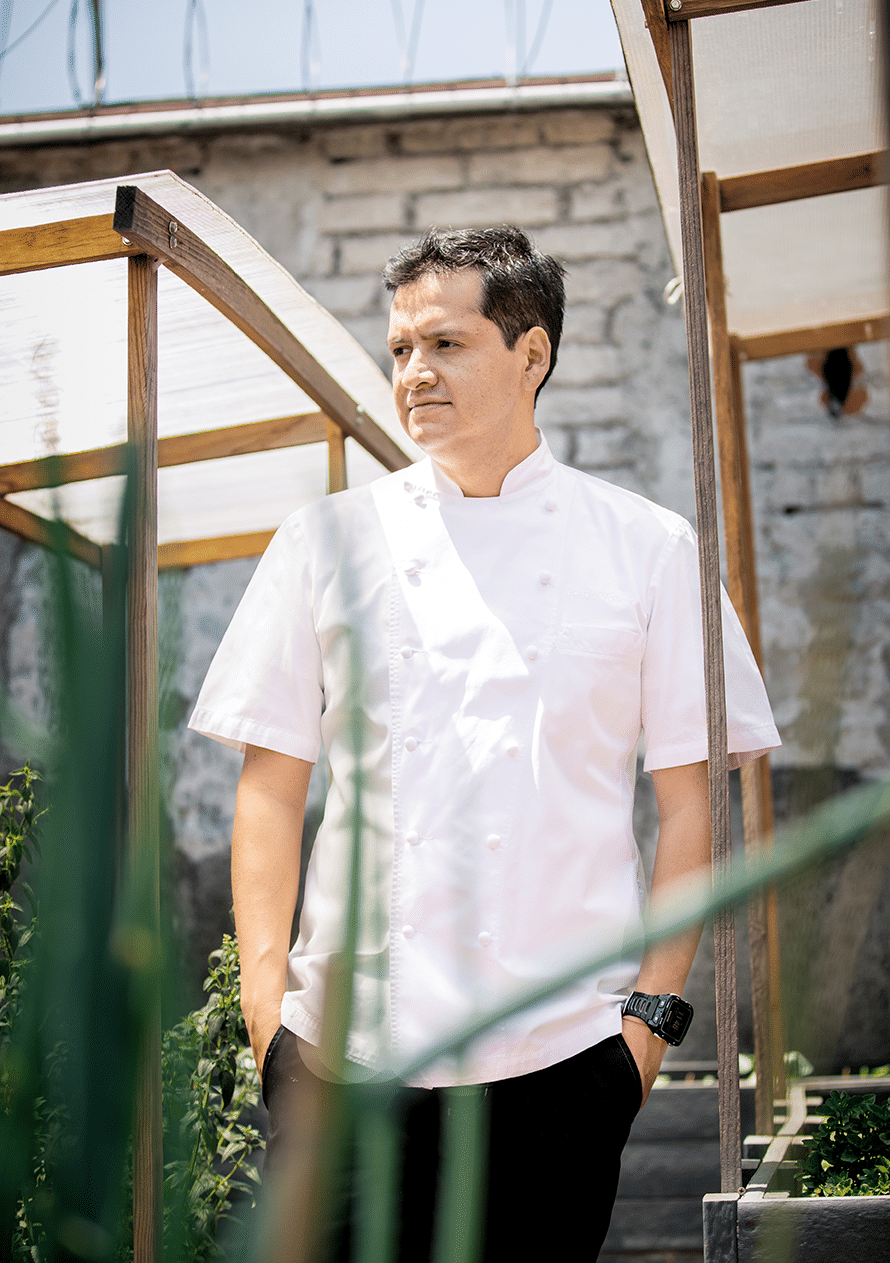Gabriela studied History of Art when she opened Contramar, her first restaurant in Mexico City in 1998, and understood that her path would not be the galleries but culinary art.
Coming from a fishing family, her first encounter with the kitchen was during her childhood, with the family’s enthusiasm when deciding how to prepare each fishing payoff. Later, she set out to replicate the experience of coastal flavors in her restaurants.
Contramar has become a culinary destination for foreigners visiting our country, and in 2015 she opened Cala in San Francisco, California, a place that soon achieved great acceptance thanks to its menu offering Mexican seafood dishes. Both restaurants are the protagonists of the documentary A Tale of Two Kitchens (Netflix, 2019), part of the Rio Bravo, Rio Grande Project, which seeks to deepen relationships between Mexico and the United States through shared stories.
Gabriela’s gastronomic vision is also reflected in her book My Mexico City Kitchen, which includes the author’s 150 favorite recipes: Mexican fresh and simple dishes, that tear down the idea of unattainable Mexican cuisine for amateur cooks.
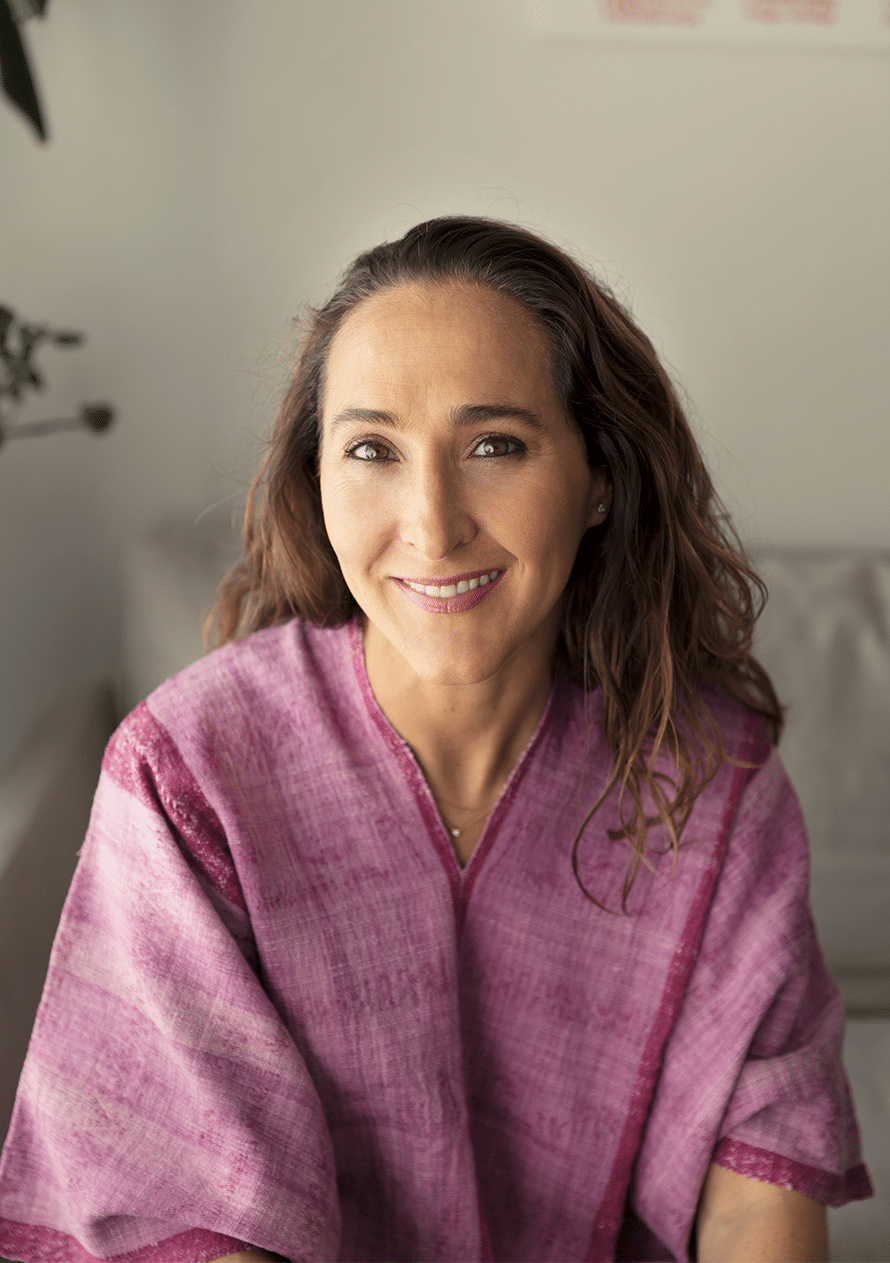
When he was five years old, Eduardo García left his native town in Guanajuato to cross the border into the United States with his family. Emulating hundreds of Mexicans of humble origin, he worked illegally in the harvesting of crops. Each harvest gave him the opportunity to learn about seasons and ingredients, unaware that he was approaching his destiny: becoming a chef.
At age 14 he got a job as a dishwasher at a restaurant in Atlanta. He did not have basic studies or speak English, but that did not stop him from learning to cook. “I learned by myself”, he says, “smelling, watching, understanding, tasting and searching”. His eagerness for survival and self-improvement was greater than all his obstacles, but after a series of ups and downs —including a stint in jail and facing two deportations— he returned to Mexico.
Without knowing what would become of his future, he typed on his computer’s search engine: “Best chef in Mexico” and located Enrique Olvera, who shortly after would become his boss, teacher and guide, and with whom he reconnected with Mexican cuisine.
For five years he was head chef at Pujol and later became the chef owner of restaurant Máximo Bistrot, consolidating his career as one of the most renowned chefs in the country.

Diana Kennedy (United Kingdom, 1923) is one of the great chroniclers of national gastronomy, responsible for putting traditional Mexican cuisine on the culinary world map.
Her vocation for research and her love for food have led her on a journey, spanning for more than 50 years, during which she has visited the least explored corners of our country. Almost always alone, she traveled along paths and roads; sometimes riding a donkey or driving her legendary white Nissan truck, in search of the knowledge, flavors, odor and colors of traditional cuisine.
Inspired by the work of the great Mexican cook and researcher Josefina Vázquez de León, her collection of adventures and knowledge, a dozen unclassifiable books were born —because they are simultaneously a travel log, a cookbook, a photo album, a chronicle and ethnogastronomy treatises—, among which are My Mexico: A Culinary Odyssey (1998), The Essential Cuisines of Mexico (2004), and Oaxaca al gusto (2010).
After becoming “The Queen of Mexican cuisine” and receiving recognition including the Order of the Aztec Eagle, she is now focused on other things such as the loss of food authenticity due to the voracity of the industry and the abandonment of the Mexican fields, in addition to the extinction of ancestral ingredients.
She fights for her cause from the orchards of “La Quinta Diana”, her ecological house, located in Michoacán, where she shelters for their study and preservation more than 200 species of herbs, plants, bushes and trees, many of them in danger of extinction.
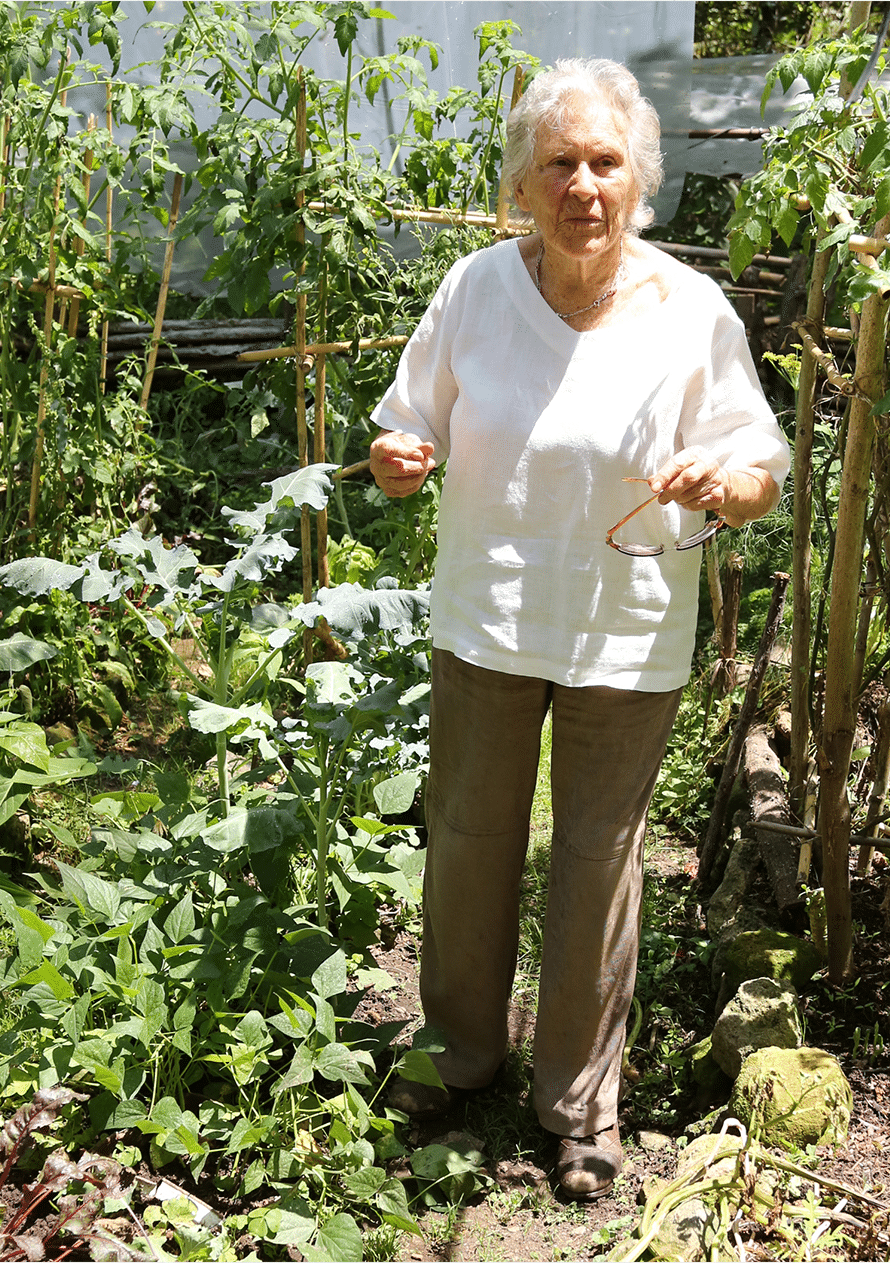
With over five decades of existence and uninterrupted service, the kitchen of the Nicos restaurant, in Mexico City, has been the trench that María Elena Lugo Zermeño and her son Gerardo Vázquez Lugo chose to undertake a crusade in defense of the ancestral and traditional homemade gastronomy of Mexico.
Far from elite areas and author’s cuisine, it is defined as a neighborhood restaurant. In 2015 Nicos first entered the list of the 50 best restaurants in Latin America, where it has remained so far “without the need of white tablecloths or theatrical tricks”.31
This team of chefs never imagined that their work would be distinguished with the Diners Club Lifetime Achievement Award in 2018 that recognices the career and contribution of a chef to the gastronomic industry, within the framework of the Latin America’s 50 Best Restaurants.

Born in Teotitlán del Valle, Oaxaca, in 1960, Abigail is the most important figure among traditional cooks in Mexico. In 1993, her restaurant Tlamanalli was listed by The New York Times as one of humanity’s ten essential epicurean pilgrimages and since then, she has traveled the five continents in order to share the tradition and cuisine of Mexico and Oaxaca in an endless number of congresses, festivals and diplomatic representations.
She says she learned to cook before she could talk or walk. She was cradled in the family kitchen among the smell of chili, the sound of maize crushed on the grinding stone and the cooing of Zapotec songs. At age six she already knew how to make a tortilla and identified all the ingredients to prepare black mole.
Some say that Abigail was chosen by the Zapotec gods to protect the pre-Hispanic culinary wisdom and traditions of their culture, since the most important thing for her is the passing on of values, food, tradition and language, which make up the identity of her people to the new generations.

Chef, researcher, gastronomic historian and writer, Ricardo Muñoz Zurita has dedicated his career to becoming one of the great custodians of the ancient knowledge of alchemy and traditional Mexican cuisine.
He is originally from Macuspana, Tabasco, but grew up in Coatzacoalcos, Veracruz, so his palate was educated among the flavors of two of the country’s great culinary cultures; that is why he felt very disappointed when he noticed the contempt that many showed towards Mexican cuisine by not considering it within the canon of world “haute cuisine”.
In search of insights that he did not find in his studies at Le Cordon Bleu in Paris or at The Culinary Institute of America in New York, he delved into villages and ranches looking for traditional cooks who shared with him recipes, techniques, ingredients, utensils, practices and customs. From his notes and manuscripts —which he accumulated in just over two decades of travel— emerged the Diccionario enciclopédico de la gastronomía mexicana (2012), a document unique in its kind. He is also the author of a dozen books regarding Mexican cuisine, among which are: Los chiles rellenos en México, antología de recetas (1996) and La Cocina Mexicana: Many Cultures, One Cuisine (2012).
He was named by Time magazine the “Prophet and Preserver of a culinary tradition”, and he is considered one of the top chefs of Mexico and Latin America. He is a member of L’ Académie Culinaire de France and currently directs, as owner chef, Azul y Oro coffee shops, at the National Autonomous University of Mexico, and the Azul Condesa and Azul Histórico restaurants.

With an innovative insight and a deep understanding of traditional cuisine, Enrique Olvera (Mexico City, 1976) has made modern Mexican cuisine a world referent.
He emigrated to New York to study at the Culinary Institute of America, where he graduated with honors. He returned to Mexico City and in 2000 he opened Pujol, which three years later was listed as one of the 50 best restaurants in the world. Ever since, he has been constantly present in the most prestigious rankings, and has become a reference in several documentaries and specialized programs.
He understands the importance of taking care of ingredients, from choosing the seed, the land and the crop, and is one of the main promoters of chinampa agriculture. In his book En la milpa (2012) he revalues the millenary knowledge of this cultivation method, the basis of Mesoamerican cuisine.
Some of the best chefs in the country, including Jorge Vallejo (Quintonil), Eduardo García (Máximo Bistrot) and Daniela Soto-Innes, head chef of Cosme, in New York —also owned by Olvera— have been trained among the Pujol stoves. The World’s 50 Best Restaurants guide, in its 2019 edition, considered the latter the best female chef in the world.
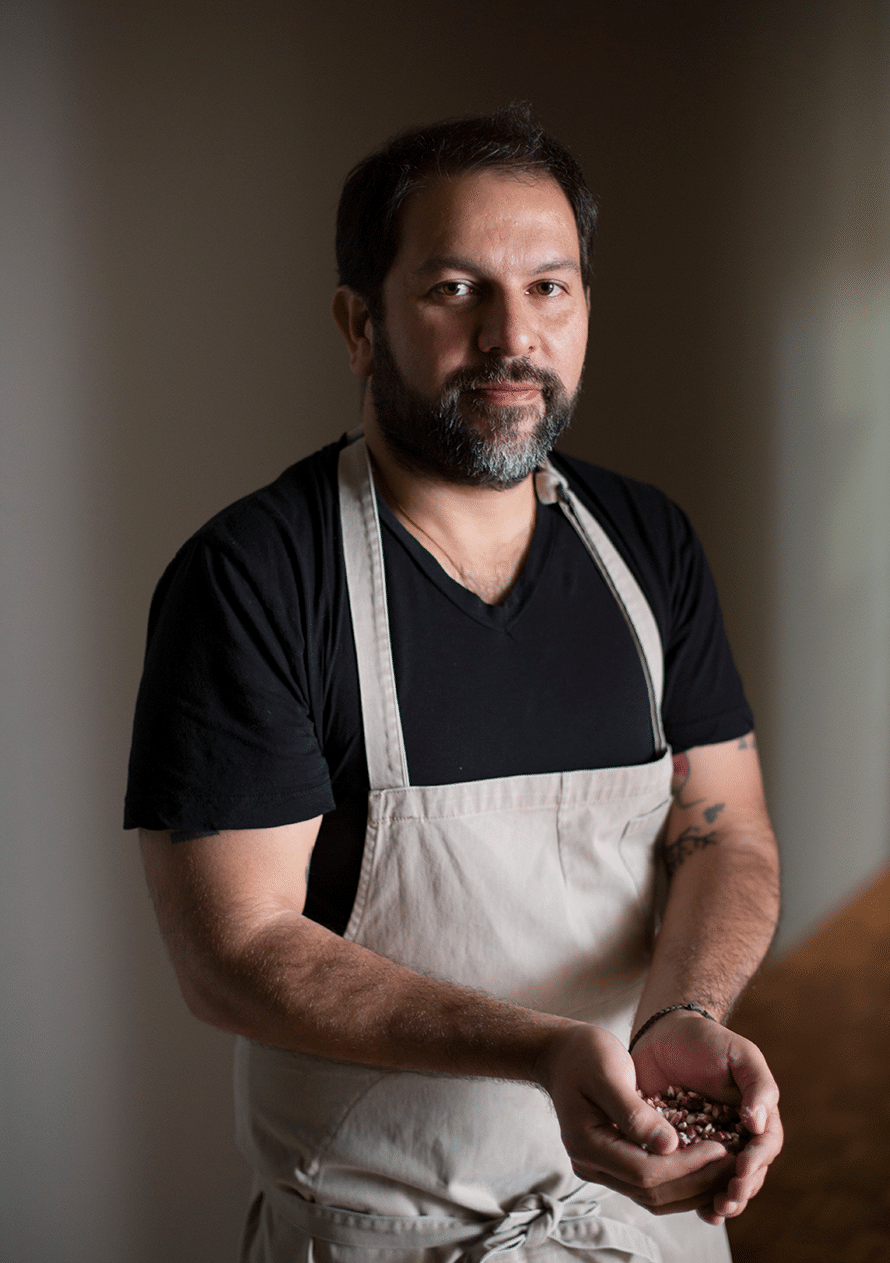

Patricia Quintana (Mexico City, 1946–2018), chef, researcher, writer and businesswoman, was one of the most important promoters of Mexican cuisine in the country and abroad, who devoted her life to acknowledging and revaluing the native cuisine of different regions of Mexico.
From the kitchen of her restaurant Izote, she created a style that gave a different dimension to authentic mexican cuisine, presenting “traditional recipes and ingredients in a sophisticated way, giving them the recognition and honor they deserve”.
Her legacy includes the creation of the Escuela de Alta Cocina, where she trained chefs and taught for over forty years, and the publication of more than 25 books on gastronomy —several of them translated into English and German—, including La cocina es juego (1975); Puebla, la cocina de los ángeles (1992), and Cuisine of the Water Gods (1994).
In 1985 she was one of the founding members of the Círculo Mexicano de Arte Culinario, a group that helped value the essential role of women in national gastronomy, together with cooking advocates Martha Chapa, Margarita Carrillo, Alicia de Angeli, Guadalupe Pérez San Vicente, María Dolores Torres, María Orsini, Lula Bertrán, Karla Hentschel, Lila Lomelí, Ana María Vásquez Colmenares, Susana Palazuelos and Patricia Celis, among others.
The awards she garnered in a career spanning half a century include being appointed Culinary Ambassador of Mexico by the Ministry of Tourism and the Association of Restaurants of Mexico, and the Gold Laurel Quality Award by the Asociación México-España.
Originally from Xalapa, Veracruz, Carmen Ramírez Degollado (1940) is an example of commitment and love of cooking. Named, along with Patricia Quintana, “The Matriarchs of Mexican flavor” by The New York Times.40
“Titita”, as her friends affectionately call her, never thought of devoting herself professionally to cooking. Her entry into the restaurant business happened when her husband, Raúl Ramírez, opened El Bajío, in 1972, where they offered carnitas and barbacoa.
Upon Don Raúl’s death, she had to take over the business, along with her five children that soon became involved. Currently, she is in charge of one of the most representative restaurants of Mexico. She is also the head of “las mayoras”, a group of cooks who have taken on the responsibility of protecting the culinary tradition of grandmothers.
El Bajío represented an opportunity for Titita to rescue recipes inherited from her family. Delicacies from Veracruz such as aniseed gorditas or tamales from Papantla were included in the menu and over time different family recipes from other regions of the country have been added, with the mission of preserving the authentic flavor of Mexican cuisine.
With 18 branches in Mexico City, El Bajío has managed to become a group of restaurants, first in the traditional food genre, which expands respecting the same philosophy and seasoning in each of its subsidiaries.
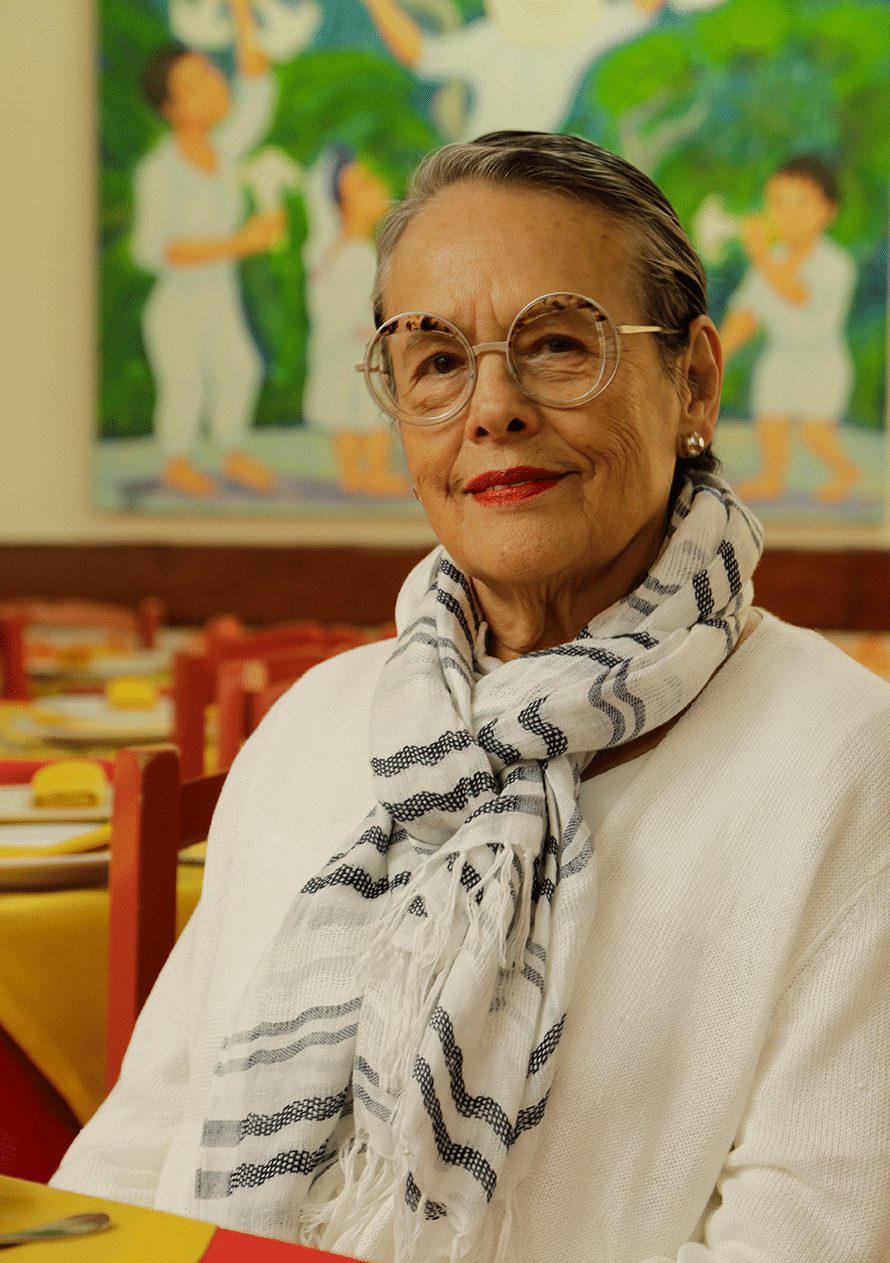
Alejandro Ruiz Olmedo (1970) is one of the best chefs in Mexico and one of the most renowned experts worldwide in Oaxacan regional cuisine. He defines his culinary style as “inspirational cuisine”, as it fuses haute cuisine with ancestral techniques and ingredients of the Oaxaca tradition: “A look into the future with a reverence for the past”.
He was born into a humble family, originally from La Raya de Zimatlán de Álvarez, Oaxaca, and as a child he knew what it was like to hold a yoke, plow the land, harvest and milk. Being the eldest son, he became the assistant in the family kitchen and there he inherited from his mother and grandmother the heritage that he now preserves as an ambassador of Oaxacan cuisine.
In 1997 he opened Casa Oaxaca, his flagship restaurant —awarded the 5-Star Diamond Award in 2008, 2009 and 2010— with which he began an ambitious culinary project that in 2009 included the creation of the Oaxaca literary and gastronomic festival “El Saber del Sabor”. He has also participated in a large number of gastronomic festivals, tastings and academic conferences on cooking throughout Mexico and in collaboration with prestigious restaurants in Munich, Berlin, Verona, Barcelona, Vienna and Madrid.
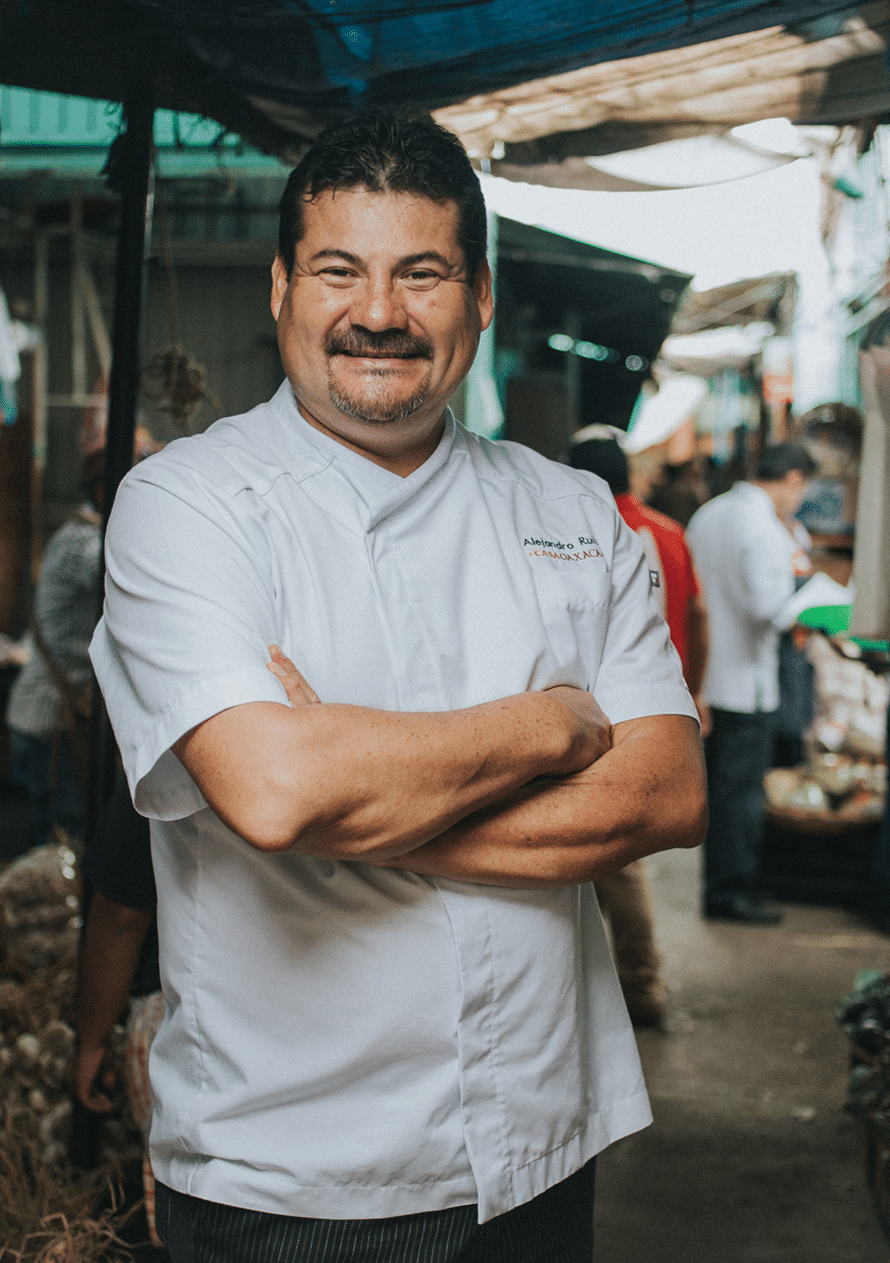
Jorge Vallejo is considered one of the most important figures in contemporary Mexican cuisine. He discovered his calling as a teenager, when his mother forced him to work in a family friend’s restaurant as a punishment for being expelled from high school in Mexico City.
He washed dishes, cleaned tables, chopped ingredients and discovered a path that took him to the Centro Culinario Ambrosía and from there to several kitchens on cruise ships and countries such as Spain and Denmark. He returned to Mexico and joined the Pujol restaurant team, next to Enrique Olvera. In 2012 he opened Quintonil restaurant in Mexico City, together with Alejandra Flores, his wife and partner.
His work is defined by a commitment to the authenticity of flavors, which has led him to reinterpret traditional recipes in modern dishes that preserve their essence. From the name of his restaurant he pays homage to his origins: quintonil is a Nahuatl word that refers to amaranth and means “wild grass with tender and edible shoots”.
His work and creativity in Quintonil have been recognized with a nomination to the Travel + Leisure Mexico Gourmet Awards 2012, in the category of Best New Restaurant, as well as being one of the favorites in The World’s 50 Best Restaurants list, published by the English magazine Restaurant.
